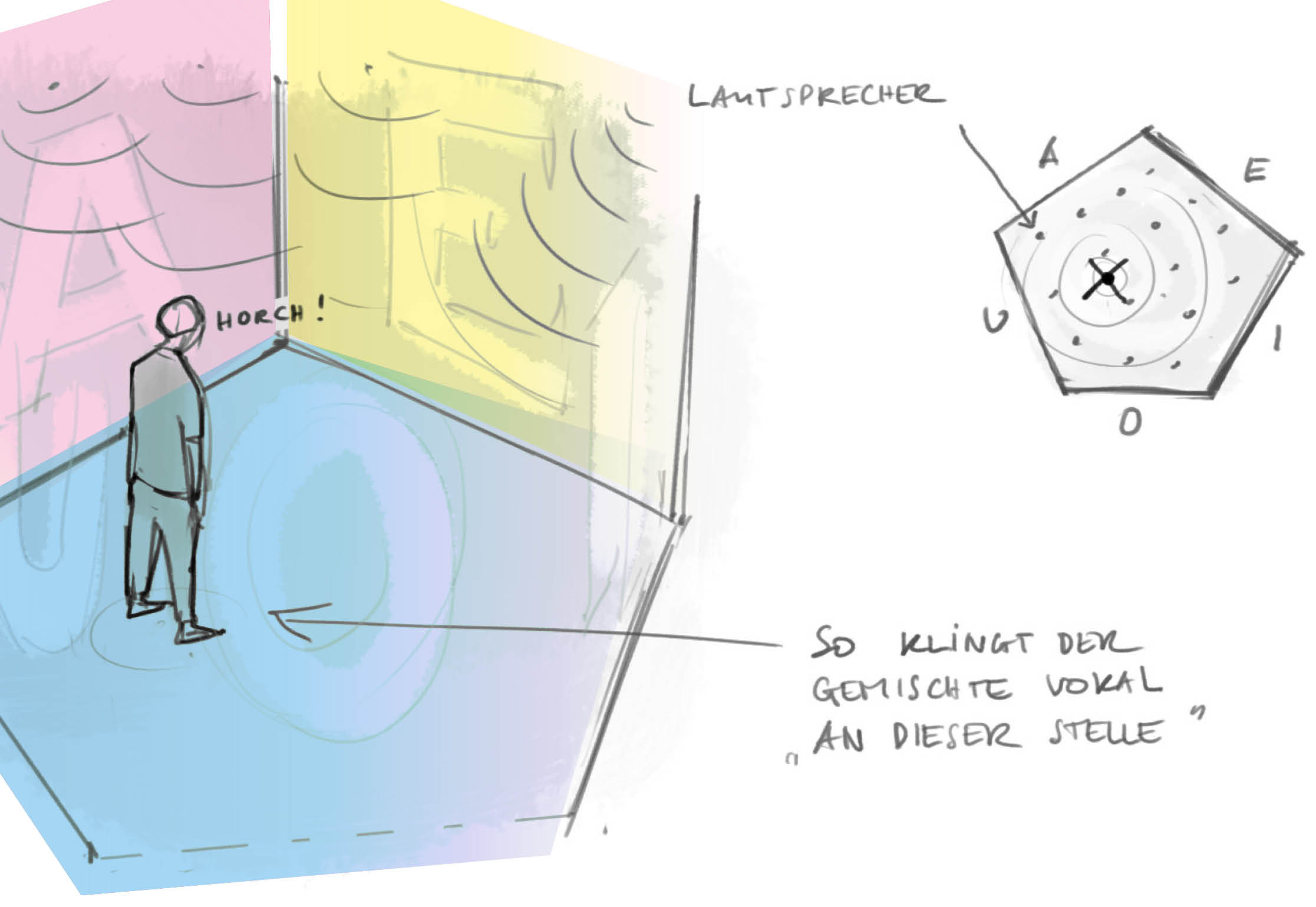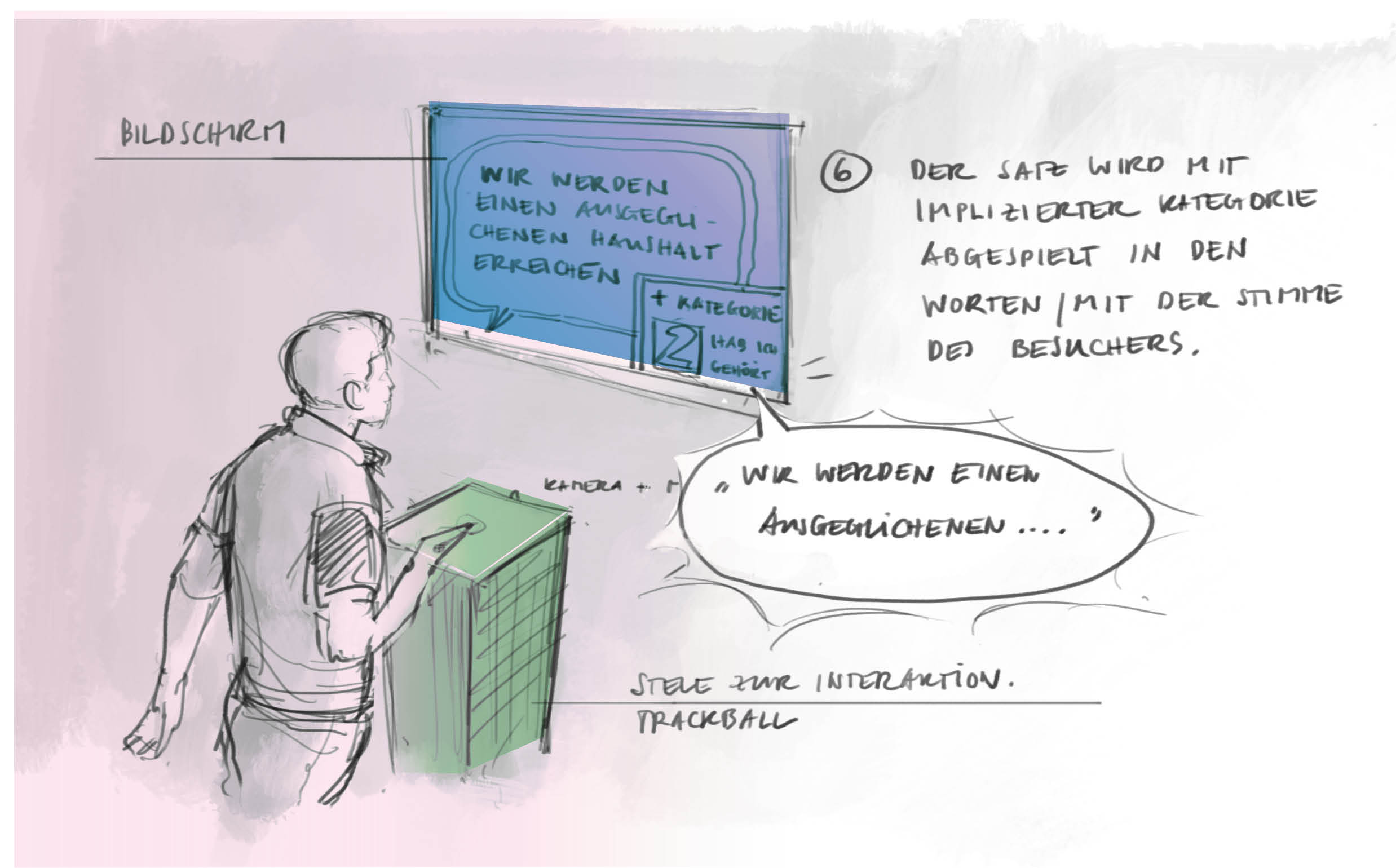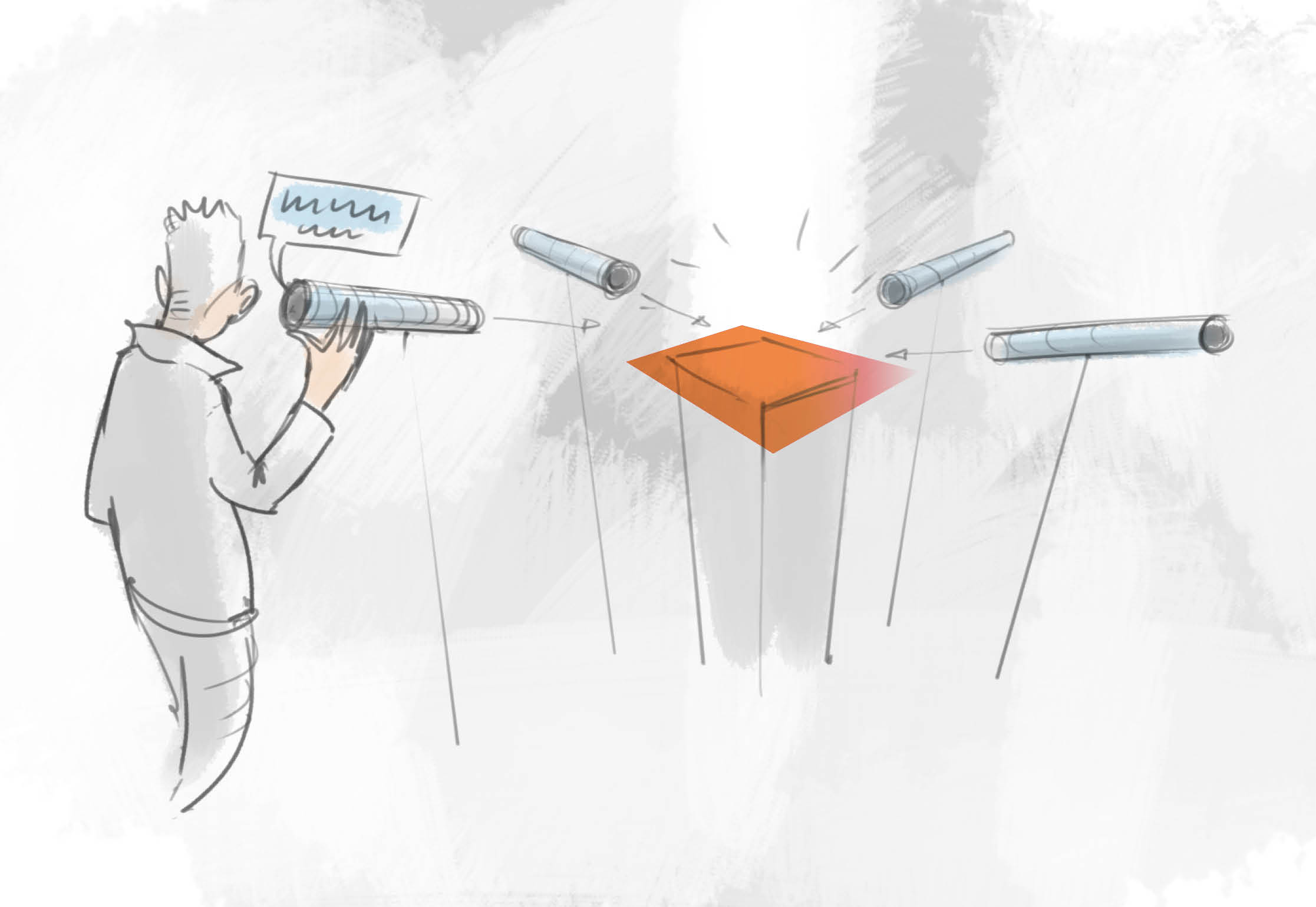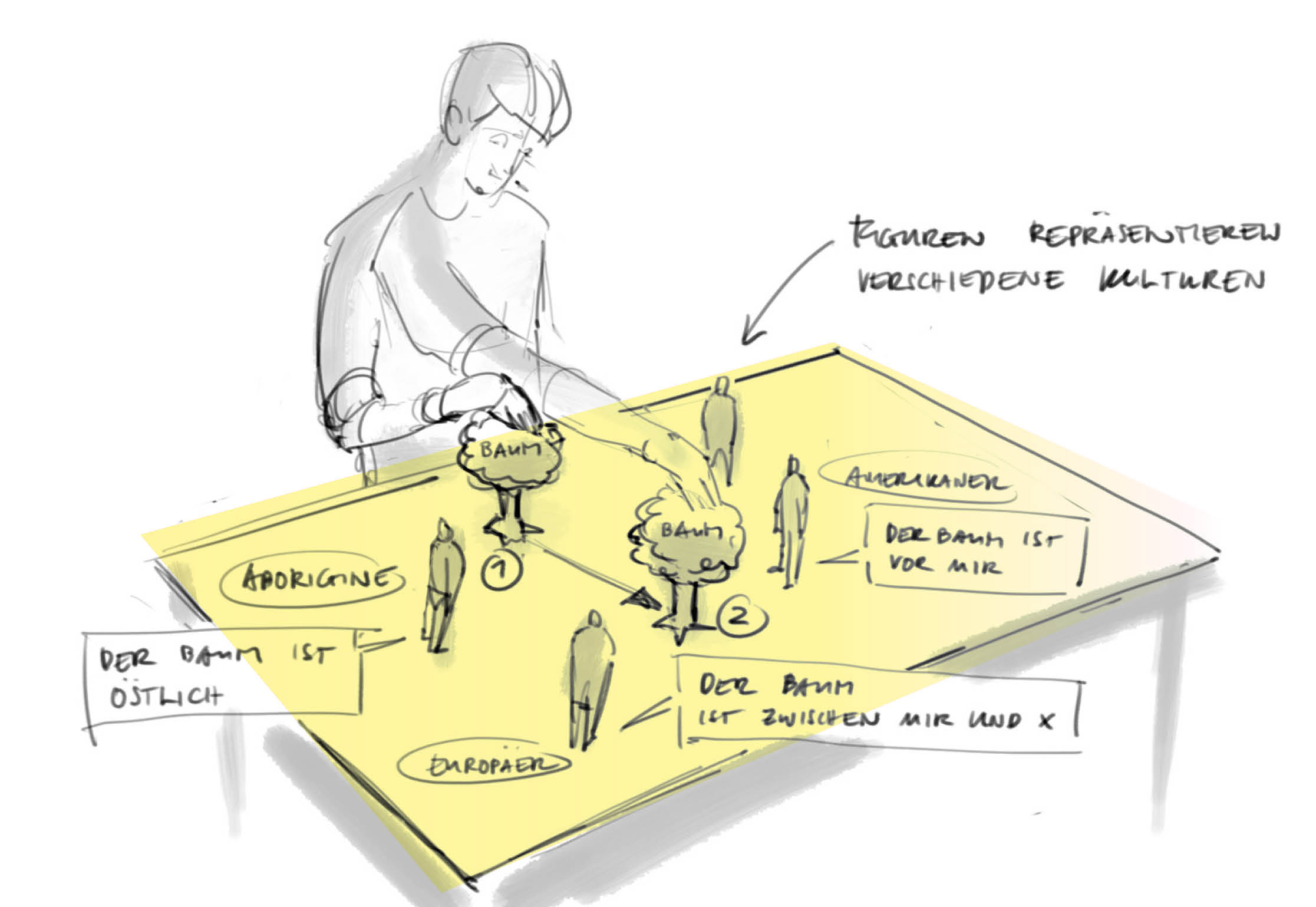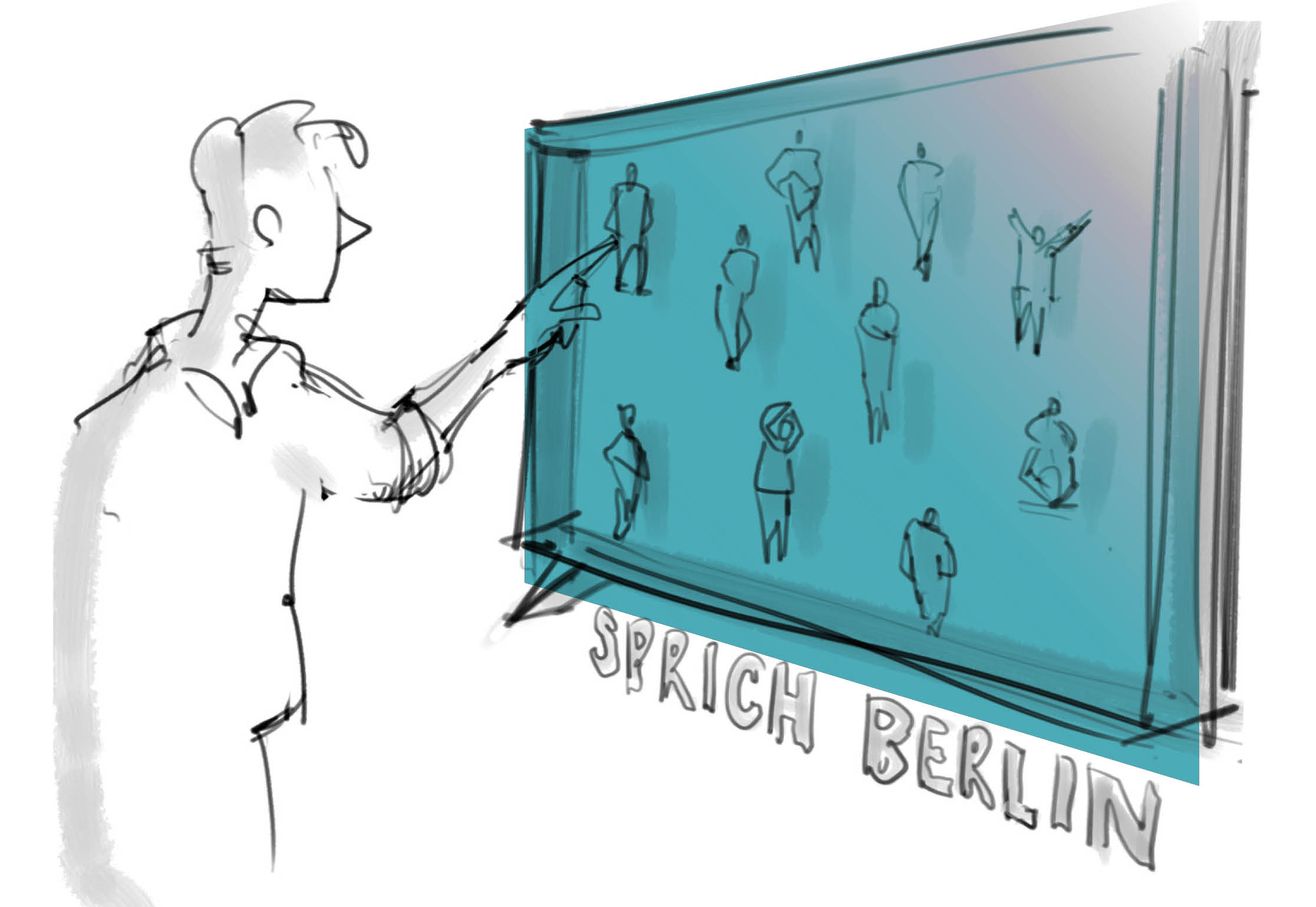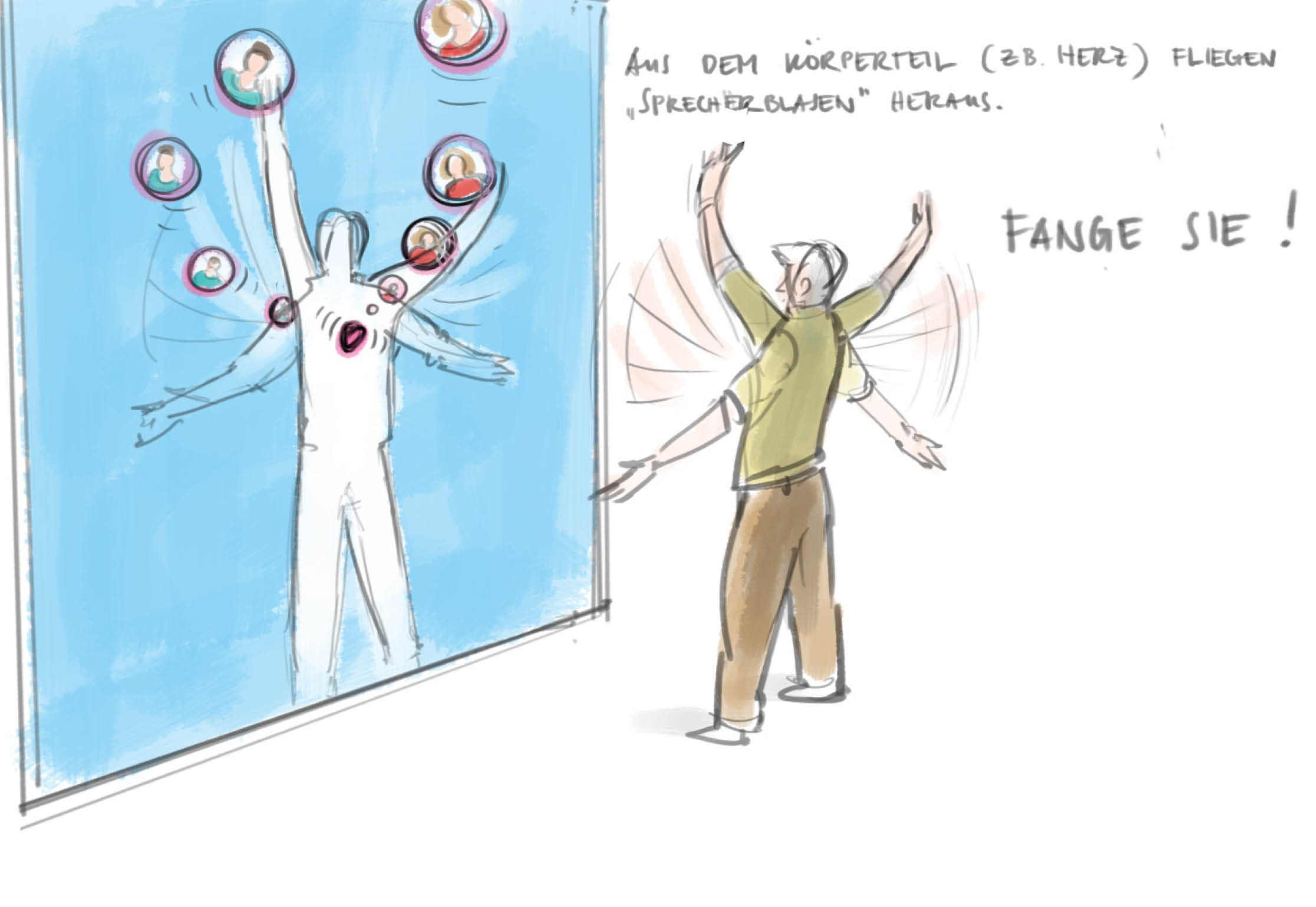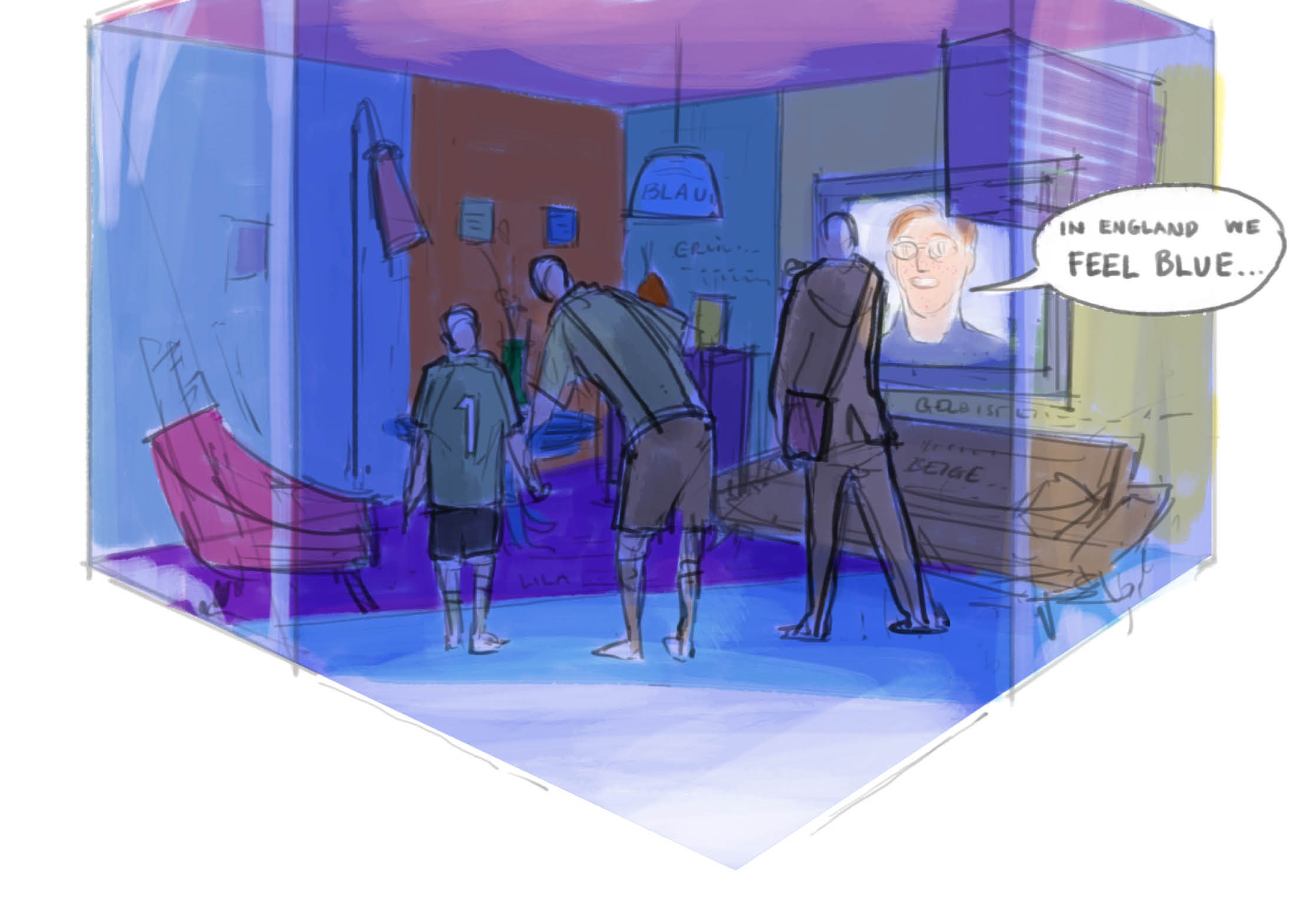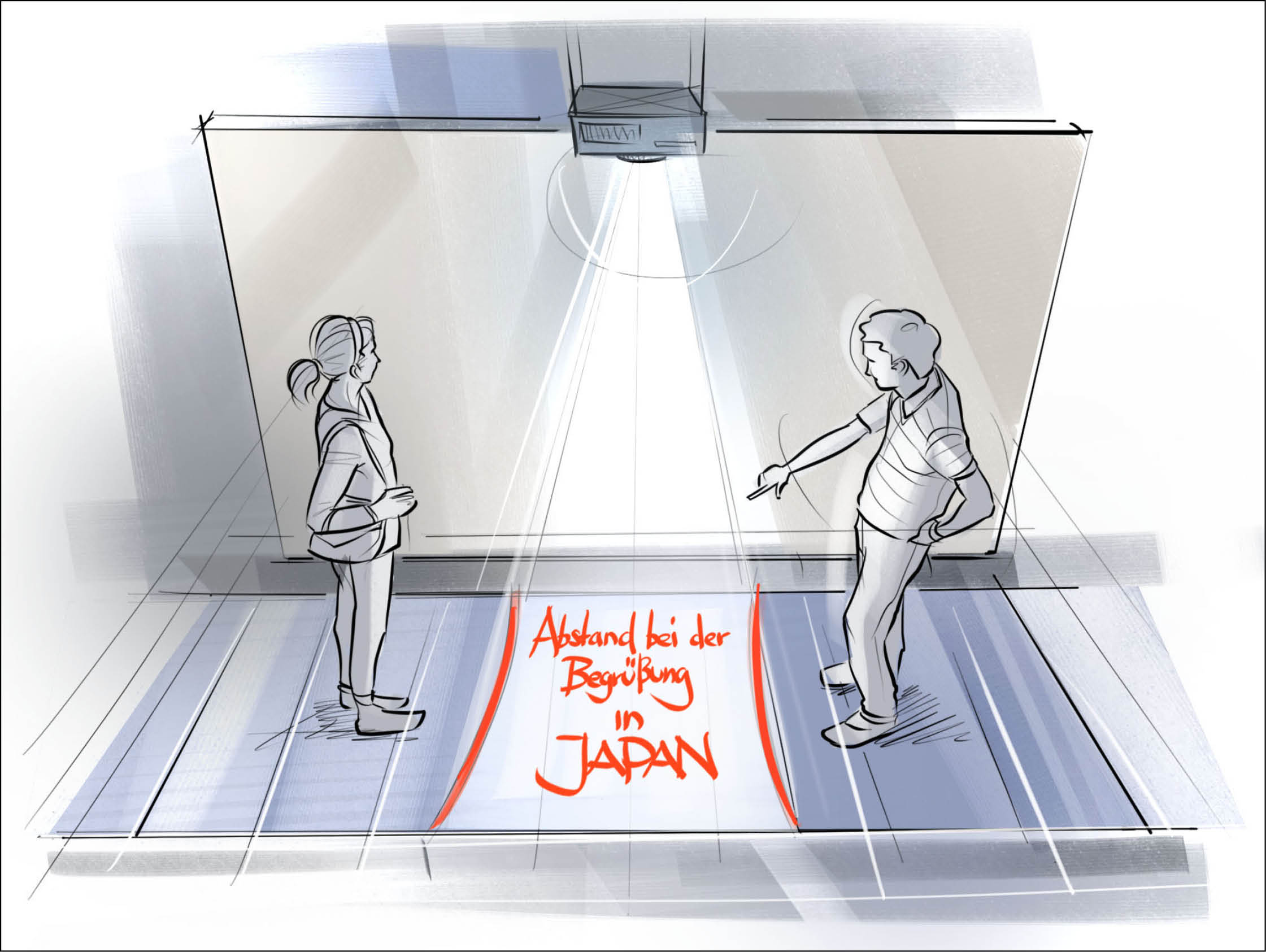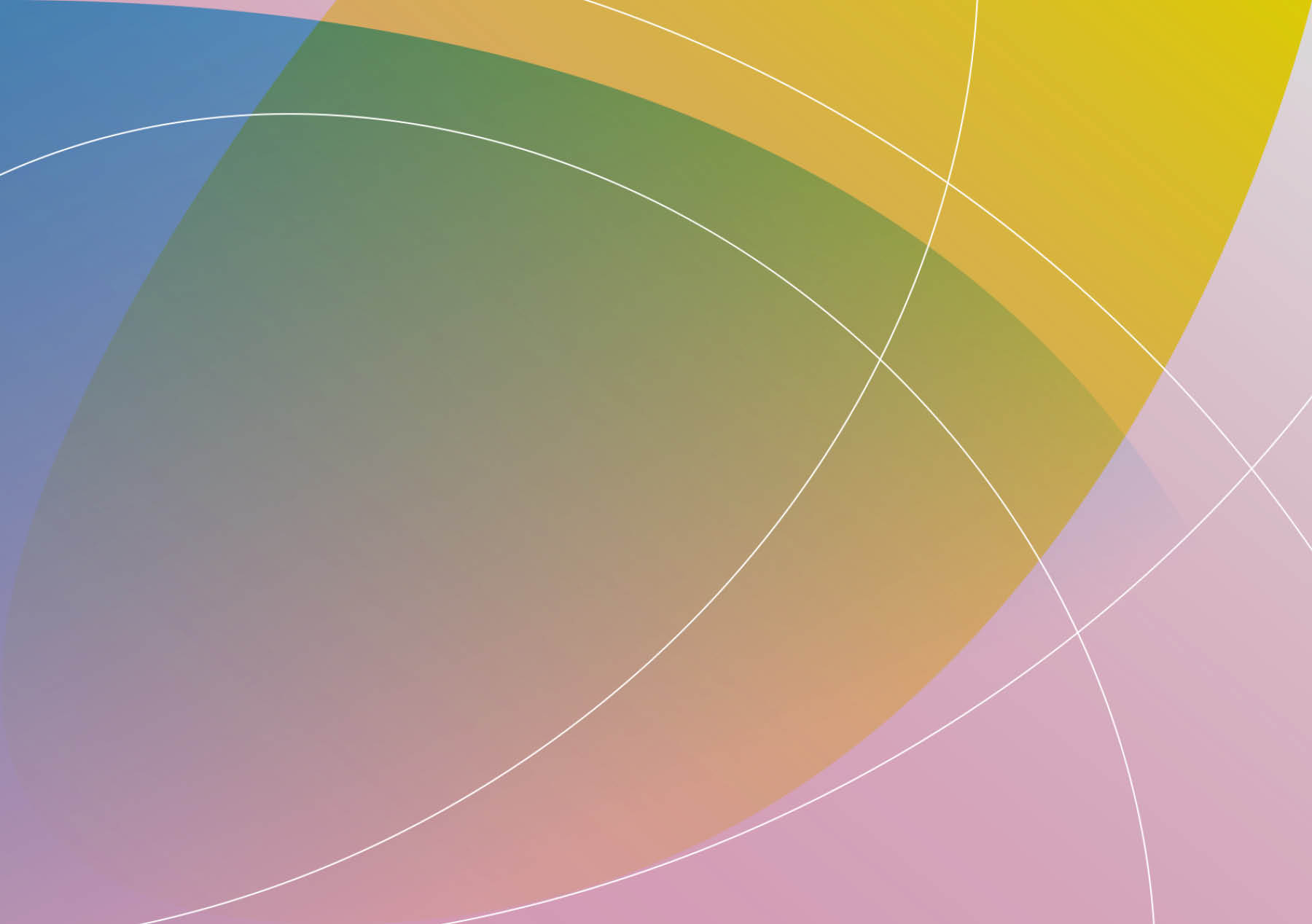
World of Languages
The diversity of languages
Language and communication surround us all, everywhere in the world, quite naturally and mostly unconsciously. At the Humboldt-Forum Berlin – which is dedicated to the dialogue of cultures – an exhibition was to be created that focuses on the diversity of languages. Together with the Zentral- und Landesbibliothek Berlin, we have developed a playground for linguistic communication, a humanities science centre where visitors can interactively contribute their own language and culture.
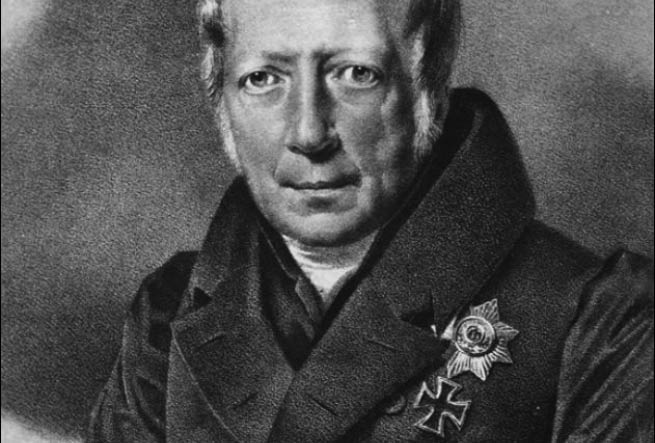
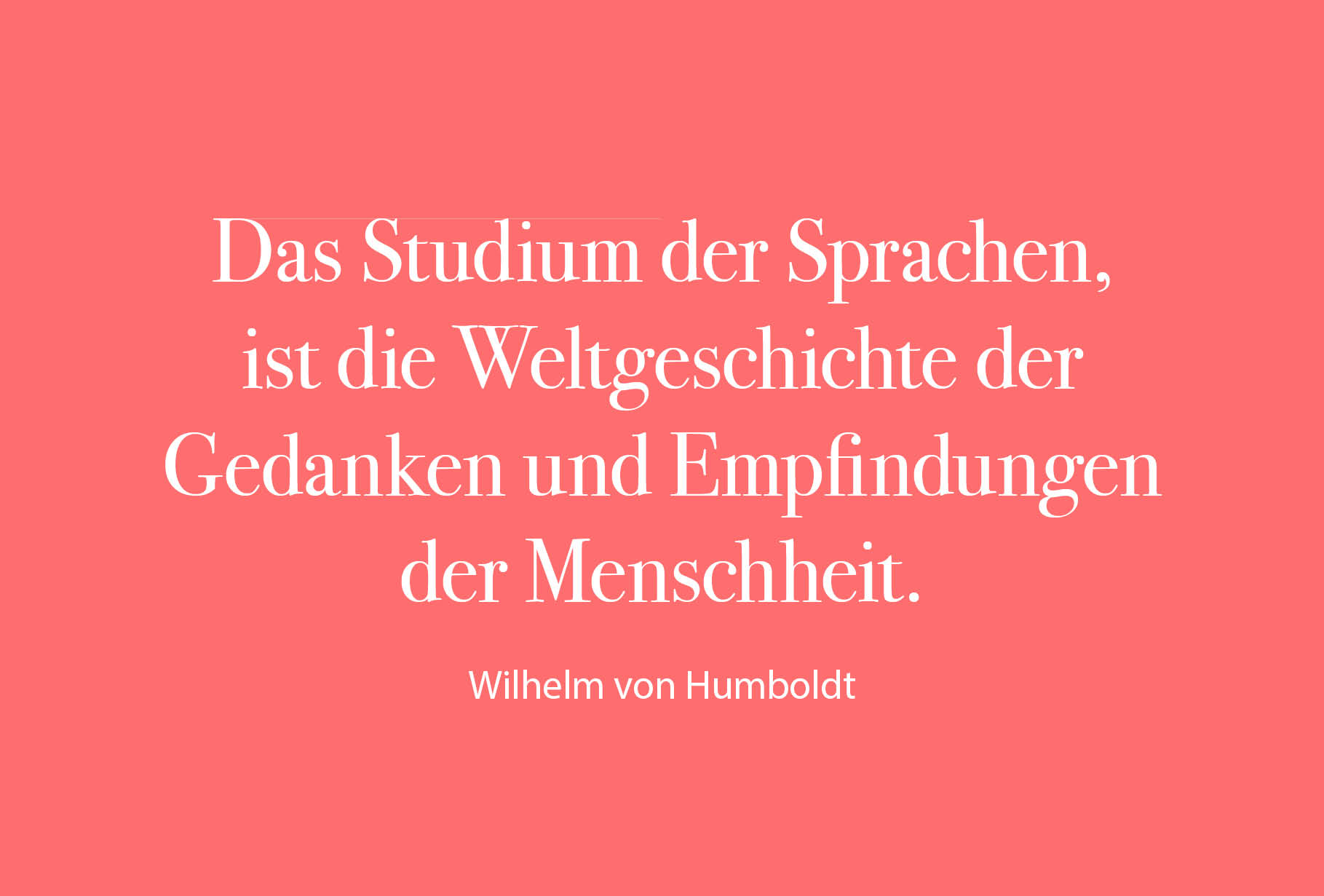
Language Experimental Field
Language doesn’t work without us and an exhibition about it doesn’t work either. Language is changeable, alive, it cannot be touched and can only be viewed to a limited extent. The exhibition is about bringing the richness of language to life: what we carry within us, what makes up our and other linguistic and cultural identities, what perspectives we and others take on. The interactive exhibits provide an opportunity to explore language as an experimental field, to become active oneself, to contribute our linguistic and cultural wealth of experience and to learn from others.
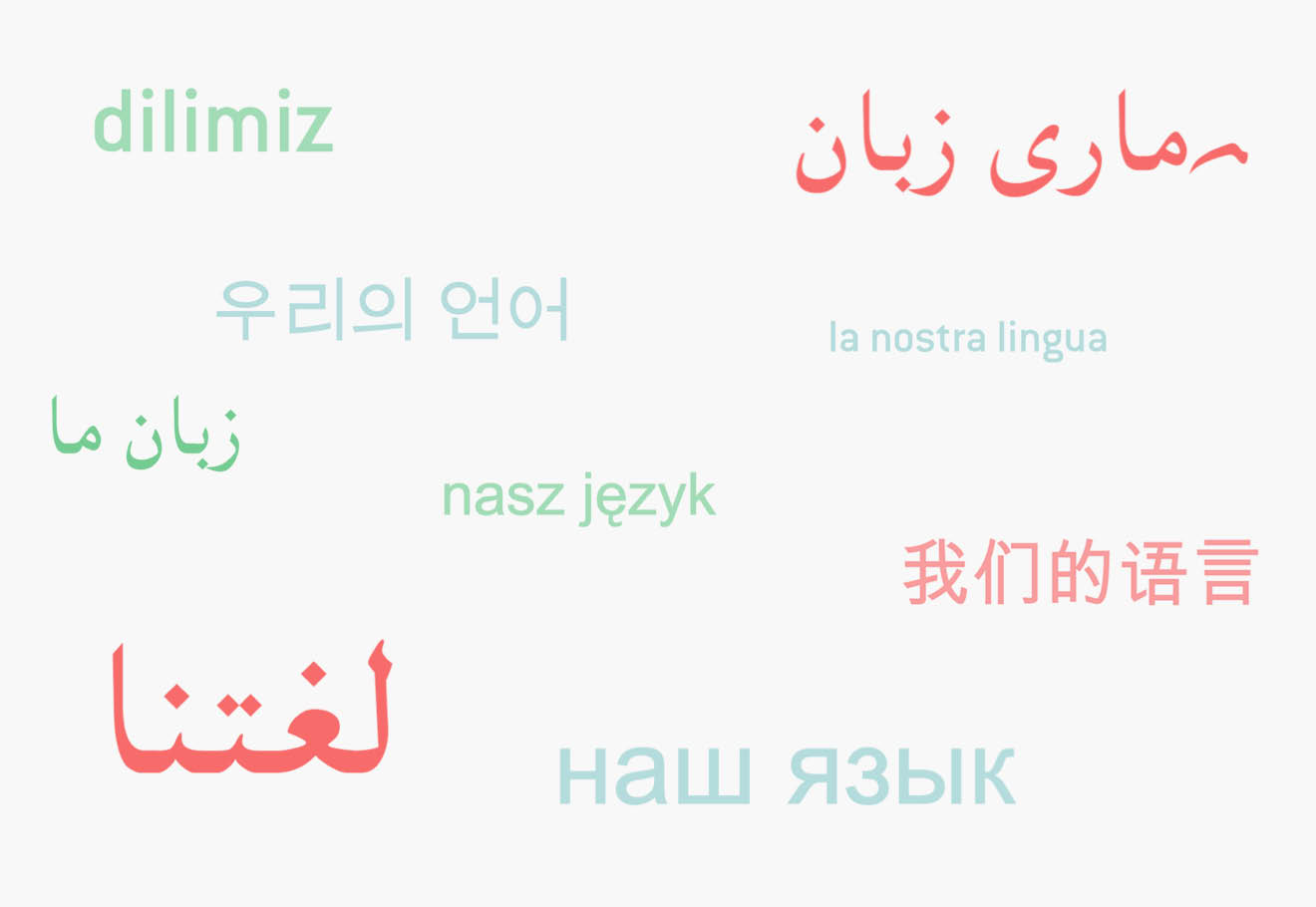
Exhibits for the world of languages
In cooperation with the ZLB, we have developed a total of 30 interactive and participative exhibits for the world of languages, which enable visitors to experience a wealth of linguistic phenomena. They show intercultural opportunities and obstacles and encourage dialogue. The Language Sound Memory was exemplarily realised and exhibited in the Humboldt Box in 2015.
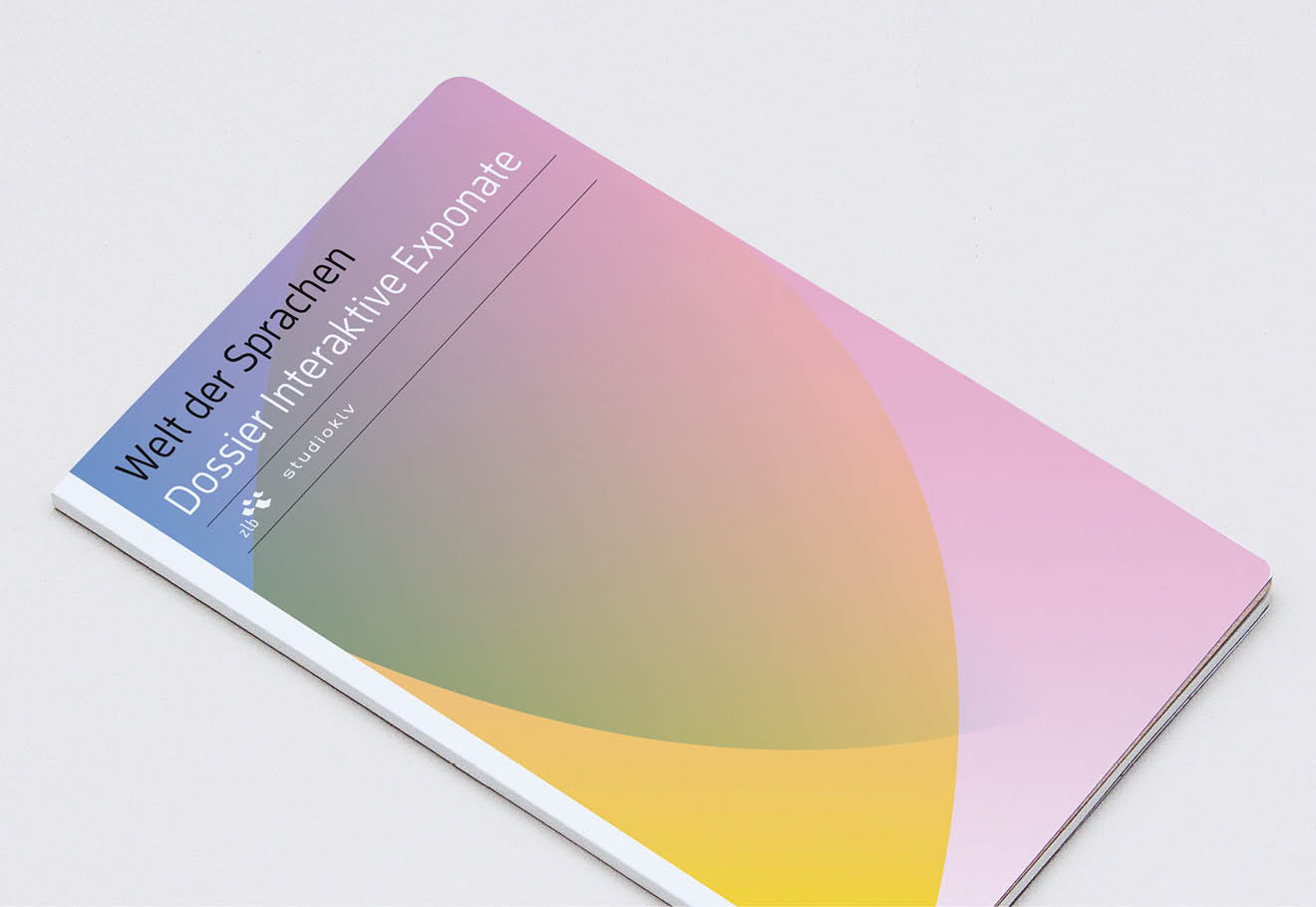
Services
Conception and scenography
- Positioning and thematization
- Development of visit dramaturgy and Main Idea
- Content development and exhibition concept
- Media conception
- Development of interactive exhibits
Design and planning
- Basic design for exhibition
- Scenographic design
Project information
- Client: Zentral- und Landesbibliothek Berlin (ZLB)
- Execution period: 07/2014 – 02/2015
Contact person
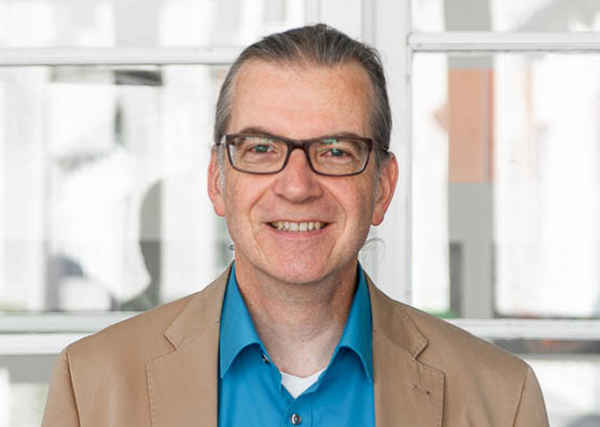
Bernhard Kehrer
Executive Management
